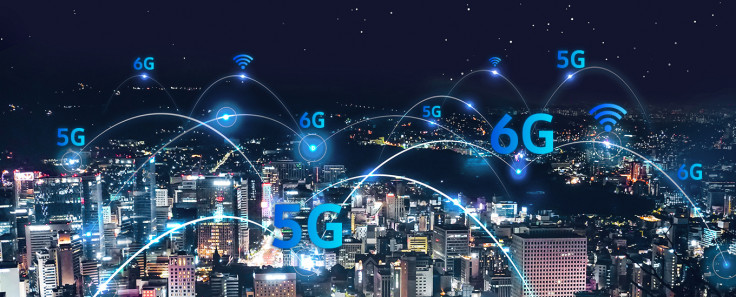Samsung's vision for 6G tech: Immersive extended reality, digital replicas and more
Samsung claims 6G connectivity will support speeds of up to 1,000 Gbps – a data rate 50 times the peak of 5G.
While the telecommunications industry has begun adopting 5G connectivity, innovation continues to move forward. It seems Samsung plans to become the market leader by the time the world even hears about 6G. This was reportedly outlined by the South Korean consumer electronics group in a research paper published online. One of the proposed advancements the company wants to focus on is to create a digital copy of the user that can interact with various elements in the virtual space.
Based on the information provided, Samsung indicates that 6G services will have three key components: Digital replicas, high-fidelity mobile holograms, and truly immersive extended reality (XR). "With the help of advanced sensors, AI, and communication technologies, it will be possible to replicate physical entities, including people, devices, objects, systems, and even places, in a virtual world," as written in the white paper.
Additionally, the documents specified: "In a 6G environment, through digital twins, users will be able to explore and monitor the reality in a virtual world, without temporal or spatial constraints. Users will be able to observe changes or detect problems remotely through the representation offered by digital twins." From what tech pundits can discern, Samsung hopes to enhance communication in virtual space. This can revolutionise how individuals socialise and work remotely.
The achieve a seamless experience, experts suggest that the digital infrastructure to support it will require advanced resources. The processing power to run the platform would be more than what modern systems can provide right now. Moreover, to ensure real-time interaction, data transfer rates and latency should be considered. Samsung claims 6G connectivity will support speeds of up to 1,000 Gbps – a data rate 50 times the peak of 5G.

Meanwhile, the French Alternative Energies and Atomic Energy Commission with the University of Bologna want to use the technology for indoor map generation and personal radar on mobile devices. Given that wireless technology typically welcomes a new generation every 10 years, 6G will likely arrive in 2030. On the other hand, Samsung predicts that commercialisation would start two years before that in 2028. It remains to be seen exactly what the new wireless standard brings to the table.
© Copyright IBTimes 2025. All rights reserved.





















